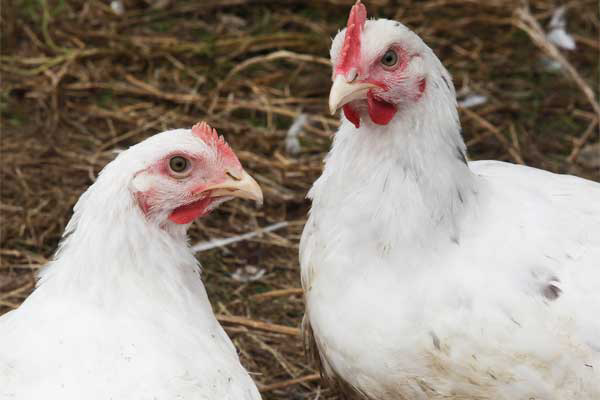Organic practice beneficial for antibiotic resistance

As a result of the widespread use of antibiotics in large-scale US poultry production, a significant proportion of Salmonella strains, recovered from conventional poultry farms and retail poultry products, express antibiotic resistance.
Researchers from five different US universities, evaluated whether large-scale poultry farms that transitioned from conventional to organic practices and discontinued antibiotic use, were characterised by differences in the prevalence of antibiotic resistant Salmonella, compared to farms that maintained conventional practices. Poultry litter, water and feed samples were collected from 10 newly organic and 10 conventional poultry houses.
Samples were analysed for Salmonella and antimicrobial susceptibility was tested. Salmonella in both conventional and newly organic poultry houses were detected. Salmonella Kentucky was the predominant serovar identified, followed by S. Orion, S. Enteritidis, S. Gostrup and S. Infantis. Among S. Kentucky isolates, percent resistance was significantly lower among isolates recovered from newly organic versus conventional poultry houses for: amoxicillin–clavulanate, ampicillin, cefoxitin, ceftiofur and ceftriaxone.
Percent multidrug resistance was also significantly lower among S. Kentucky isolates recovered from newly organic poultry houses (6%) compared to those recovered from conventional houses (44%). These data show immediate, on-farm changes in the prevalence of antibiotic-resistant Salmonella when antibiotics are voluntarily withdrawn from large-scale poultry facilities in the United States.
[Source: Science of the Total Environment, Vol. 476-477]













